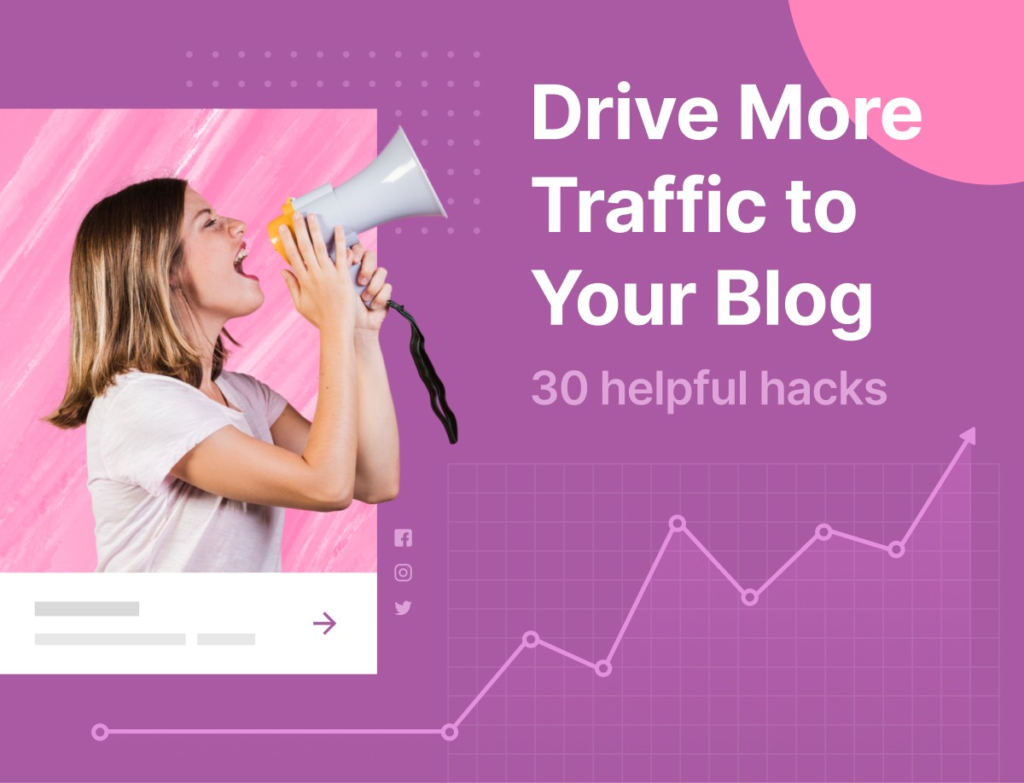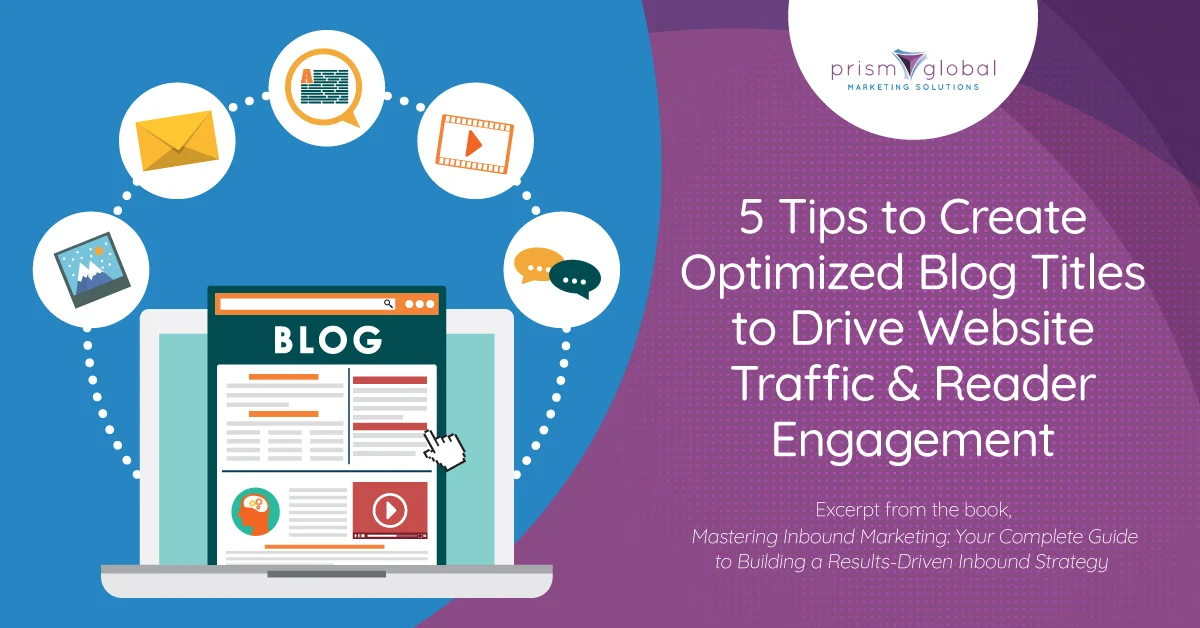Creating engaging blog posts is essential for capturing your audience’s attention and driving consistent traffic to your website. In today’s competitive digital landscape, it’s not enough to just publish content—your blog posts need to resonate with your readers, provide value, and inspire them to share and return for more. By learning how to create engaging blog posts, you can ensure your content stands out, attracts more visitors, and ultimately helps your brand grow. In this post, we’ll explore practical strategies and tips to help you craft compelling blog content that not only captures interest but also boosts your site’s traffic.

1. Understand Your Audience’s Needs in Engaging posts
Before you even start writing, it’s crucial to understand who your audience is and what they’re searching for. Crafting blog posts based on the interests, needs, and pain points of your target audience is essential.
How to do this:
- Use tools like Google Analytics to analyze your existing traffic.
- Check out social media comments or forums where your audience hangs out.
- Use tools like Google Keyword Planner or Answer the Public to see what questions people are asking in your niche.
- Conduct surveys or ask your customers directly what content they’d like to see more of.
When you understand your audience, you can create content that resonates with them and answers their questions. This ensures that your posts aren’t just informative, but also highly relevant.
2. Choose a Compelling Topic for Blog posts
A great blog post starts with a captivating topic. The topic should not only be aligned with what your audience wants to know but should also be enticing enough to make them click on your post.
Tips for choosing the right topic:
- Use keyword research tools to find popular and low-competition keywords.
- Choose long-tail keywords that reflect user intent. For example, instead of writing a post titled “SEO tips,” try something like “SEO tips for small business owners in 2025.”
- Identify trending topics in your industry and create content around them.
- Focus on answering specific questions that your audience is asking.
3. Craft an Attention-Grabbing Headline
Your blog post headline is the first thing readers will see, and it’s your opportunity to make a strong impression. If your headline doesn’t catch their attention, chances are they won’t click on your post.
Best practices for creating clickable headlines:
- Keep it clear and concise.
- Use numbers and statistics (e.g., “5 Proven Ways to Increase Website Traffic”).
- Add a sense of urgency or curiosity (e.g., “Why You’re Missing Out on the Secret to Success in Digital Marketing”).
- Make sure your headline reflects what the content promises.
A great headline sets expectations and entices readers to dive into the article.
4. Write Engaging blog posts and Valuable Content
Once you’ve captured your reader’s attention with the headline, the body of the blog post must keep them engaged. This is where providing real value is key. A blog post that solves problems, offers useful advice, or educates your audience is more likely to be shared and revisited.
How to write engaging content:
- Be conversational: Use a friendly, conversational tone that makes your readers feel like they’re having a chat with a trusted advisor.
- Break your content into sections: Use subheadings, bullet points, and short paragraphs to make your content easily scannable.
- Provide solutions: Offer actionable tips, resources, or solutions to common problems in your niche.
- Tell stories: People connect with stories more than facts. Share case studies, examples, or personal anecdotes to illustrate your points.
- Use multimedia: Add images, infographics, videos, or charts to enhance your content and make it visually appealing.
- Add real-life examples: This can help establish credibility and make your content relatable.
Always remember, the goal is to give your readers something they can’t get anywhere else, whether that’s a unique perspective, an in-depth tutorial, or practical advice.
5. Optimize for SEO
While creating valuable content is important, it’s equally crucial that your blog is discoverable in search engines. SEO (Search Engine Optimization) ensures that your blog post ranks high in Google search results, bringing in organic traffic.
SEO tips to optimize your blog post:
- Use your target keyword in the title, first paragraph, subheadings, and throughout the post (but avoid keyword stuffing).
- Optimize your meta description with relevant keywords and a compelling reason to click.
- Use internal linking to connect your blog post to other relevant content on your website. This helps with SEO and keeps readers engaged.
- Add external links to authoritative sources or references to improve your post’s credibility.
- Ensure your blog is mobile-friendly and has a fast loading speed, as these factors impact SEO rankings.
- Optimize your images with alt text containing relevant keywords.
Proper SEO ensures that your blog post gets the visibility it deserves.
6. Promote Your Blog Posts
After you hit “publish,” it’s time to share your blog post with the world. Promoting your blog is crucial to drive traffic. There’s no point in writing great content if nobody sees it.
Effective ways to promote your blog:
- Share it on social media: Post your blog on Facebook, Twitter, LinkedIn, Instagram, and any other platform where your audience hangs out.
- Email your subscribers: If you have an email list, send them a link to the blog post with a brief description and a compelling reason to read it.
- Collaborate with influencers to make engaging post: If relevant, reach out to influencers in your industry and ask them to share your blog post.
- Repurpose content: Turn your blog into a video, podcast, or infographic, and share it on platforms like YouTube or Pinterest.
- Use paid advertising: Boost your blog post through Google Ads or social media ads for extra visibility.
Promoting your blog consistently will help it gain more visibility and drive steady traffic over time.
7. Encourage Engagement
Encouraging engagement can significantly boost your blog’s success. The more readers interact with your blog post, the more it is likely to be shared and discussed, which leads to increased traffic.
Ways to encourage engagement:
- Ask questions at the end of your blog post to prompt readers to comment.
- Add social sharing buttons so readers can easily share your content.
- Respond to comments and start conversations with your readers.
- Include a clear call-to-action (CTA) at the end of the blog, encouraging readers to take the next step, whether it’s subscribing to your newsletter, reading related blog posts, or contacting you for a consultation.
To create engaging blog posts, you need to focus on both the quality of your content and the way it connects with your audience. The key to successfully creating engaging blog posts lies in offering real value—whether it’s informative, entertaining, or solving a problem. When you create engaging blog posts, you’re not just writing for the sake of it; you’re crafting content that speaks directly to your readers’ needs. By incorporating effective storytelling, answering common questions, and optimizing for SEO, you can create engaging blog posts that drive more traffic to your website and encourage visitors to stay longer.

Conclusion
Creating engaging blog posts that drive traffic takes time and effort, but the results are well worth it. By understanding your audience, writing valuable content, optimizing for SEO, and promoting your posts effectively, you’ll increase the likelihood of attracting and retaining visitors. Consistency is key—keep publishing quality content, stay engaged with your readers, and continuously improve your strategies.
Remember, blog posts aren’t just about filling up space with words. They’re an opportunity to connect with your audience, provide value, and position your brand as a thought leader in your industry. Happy blogging!
Follow us on instagram


